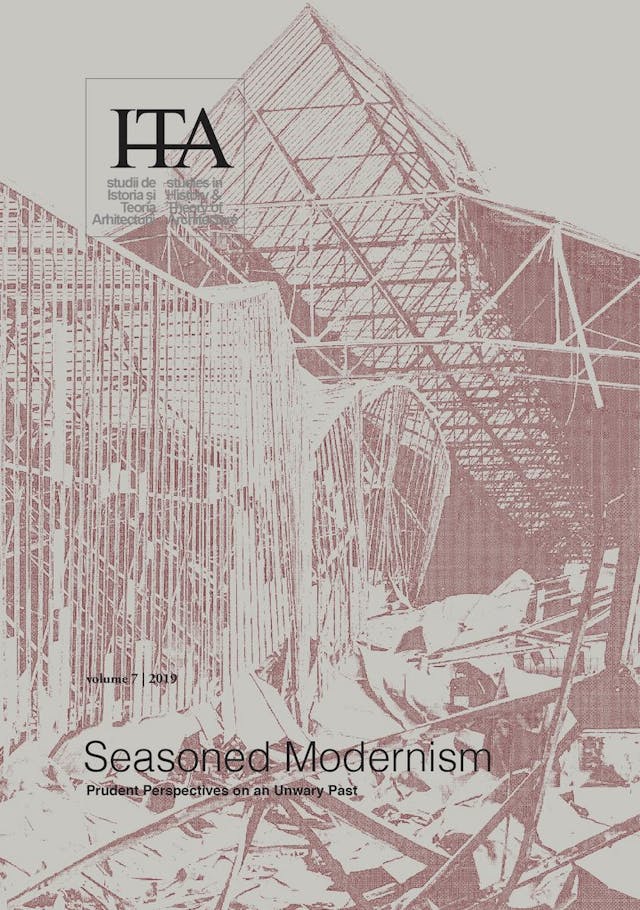The Morality of Bricks
by
Raluca Cristina Alexandra Becheru
Keywords
morality
ethics
aesthetics
Zeitgeist
historicism
truth
The way architects and theoreticians sometimes use moral terms can be described as peculiar. They talk of ‘ethics of statics,’ ‘ethics of motion,’ truth to materials. We usually consider that morality is about the principles concerning the distinction between right and wrong behavior, but in the architectural discourse morality tends to be attached to objects. As ethics comes to overlap aesthetics, the aesthetic features of buildings get moral relevance, although in traditional ethics objects are non-moral. Architects are thus committed to a “phony ethics of aesthetics.” Ethics is concerned with moral agents and their behavior and not with artifacts or, as Jeremy Till puts it, “a brick has no morals.” The moral discourse of modern architecture is an instance of this “phony ethics of aesthetics,” but its historicist claims make the duty of building according to Zeitgeist a moral one. Historicism has usually developed a moral theory that states that imposing the new is moral. “The phony ethics of aesthetics” becomes connected with morality, but a troubling philosophical position is assumed.
This paper tries to have a closer look on the way the duty of building according to Zeitgeist becomes a moral duty.
Published in

Chicago citation style
DOI:
10.54508/sITA.7.04